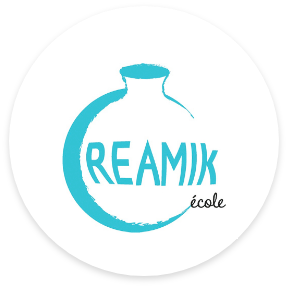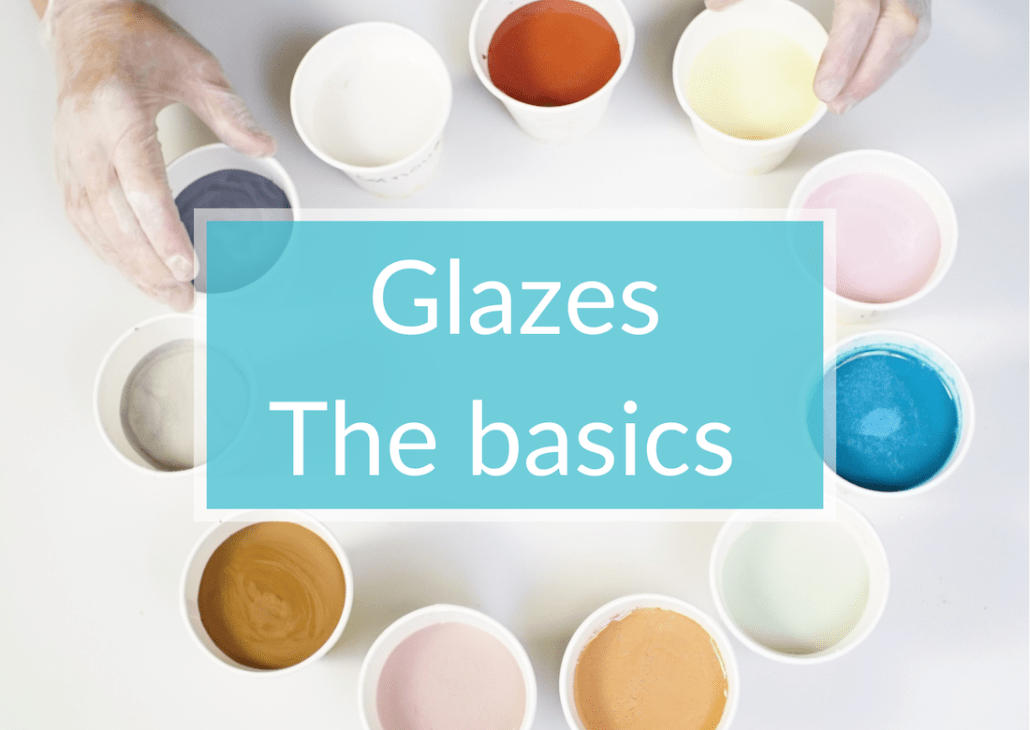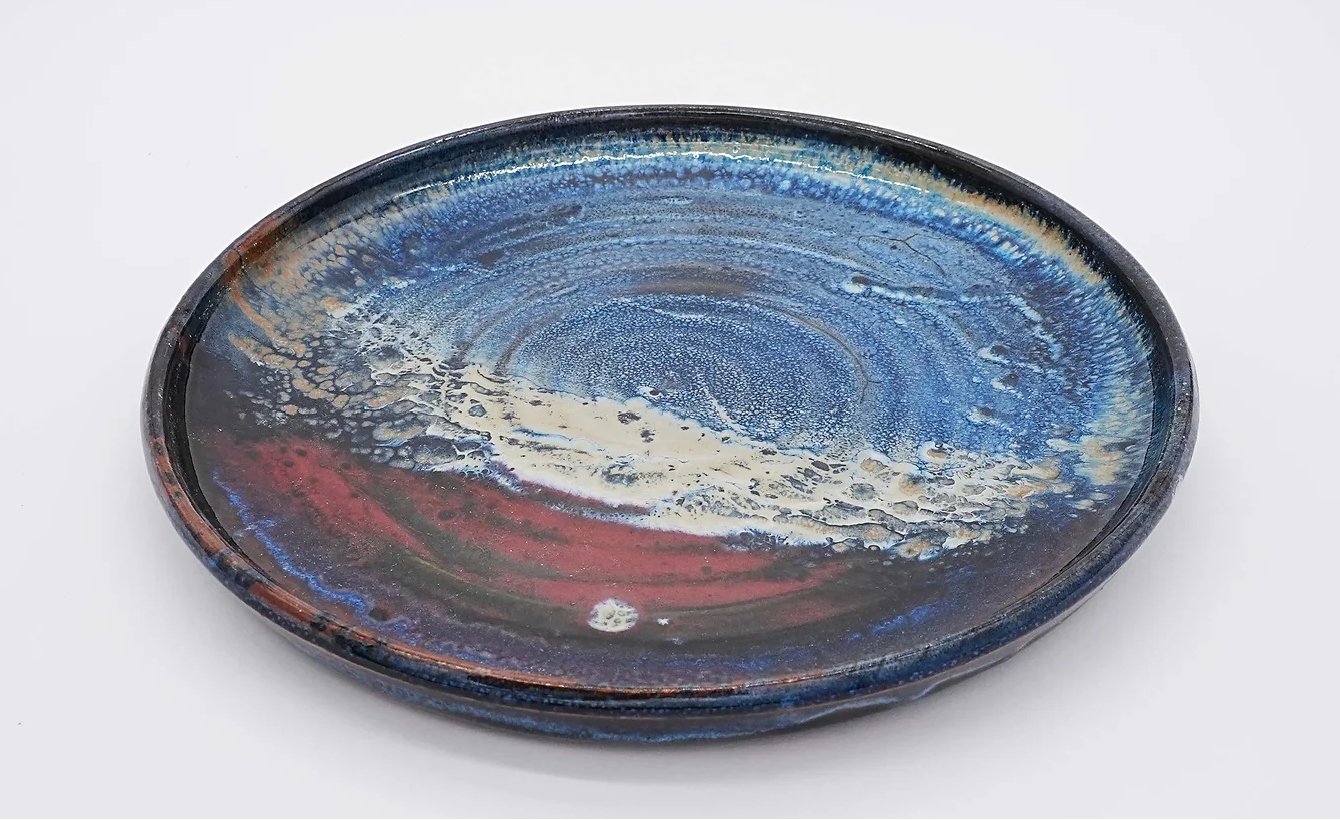Ceramicists: what strategy should you develop on social media?

Contents
1 – The importance of social media in the arts and crafts
2 – Creating and promoting your brand
3 – A strategy for building your online community
4 – Selling online using social media
5 – A few tips for non professionals
6 – Digital content: what tools should you use?
7 – The main online platforms
Introduction
Today, having a presence on the web has become a necessity. For artists, social media provides essential channels to make yourself known, establish a dialogue with your audience and sell online. While galleries, exhibitions and potters’ markets are the best places to let the public see and handle your work, your presence on the web will reach a much wider audience.
How do you stand out from the crowd? Draw attention to your work? In this constantly evolving digital environment, building a high-profile presence and gaining visibility requires more than just posting. It requires an understanding of how social media works. For non-professionals, these online platforms offer a place to meet and exchange ideas with a community of equally passionate people.
In this article, we give you some practical advice to establish an effective online presence and develop a strategy.
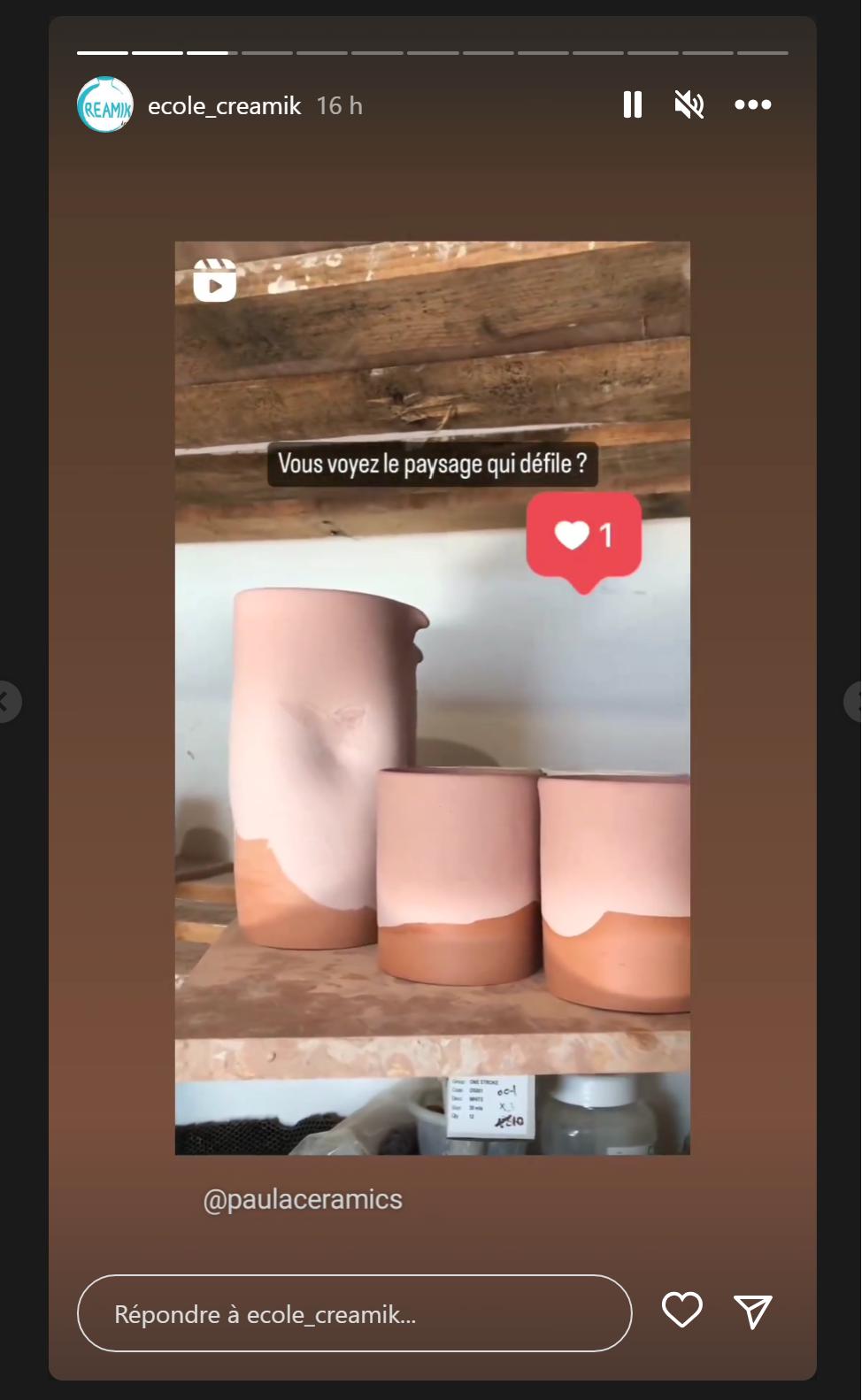
1 – The importance of social media in art and craft
In giving artists and artisans a platform to show their work to a large audience, social media have literally changed the way people discover art. They have revolutionized the way art is perceived to the point of becoming essential. Social media statistics reveal the importance of an online presence. We recommend reading the article by Claire Beveridge, published on September 7, 2023 on the Hootsuite blog (which is a social media management tool): More than 160 social media statistics to know in 2023. Every marketer needs social media statistics to properly guide their social media marketing strategy.
From this article, we learn that:
- more than 4 billion people use social media around the world, offering artists an unprecedented audience.
- 55% of art buyers say they have discovered new artists via social media. The statistics regarding Facebook or Instagram are fascinating, making these platforms essential when developing a business.
- 22 million French people use TikTok, which is the most downloaded application in 2022.
The article organises the statistics according to country, men, women, time spent each day on social media… and it is astonishing.
Another example: art-related hashtags on Instagram appear in millions of posts, showing the high interest in art on this platform.
These figures show that social media influences trends, the discovery of artists and even the decision to purchase art. And if you speak English, you can also consult the Pew Research Center site which provides statistics, opinion polls and content analyses.
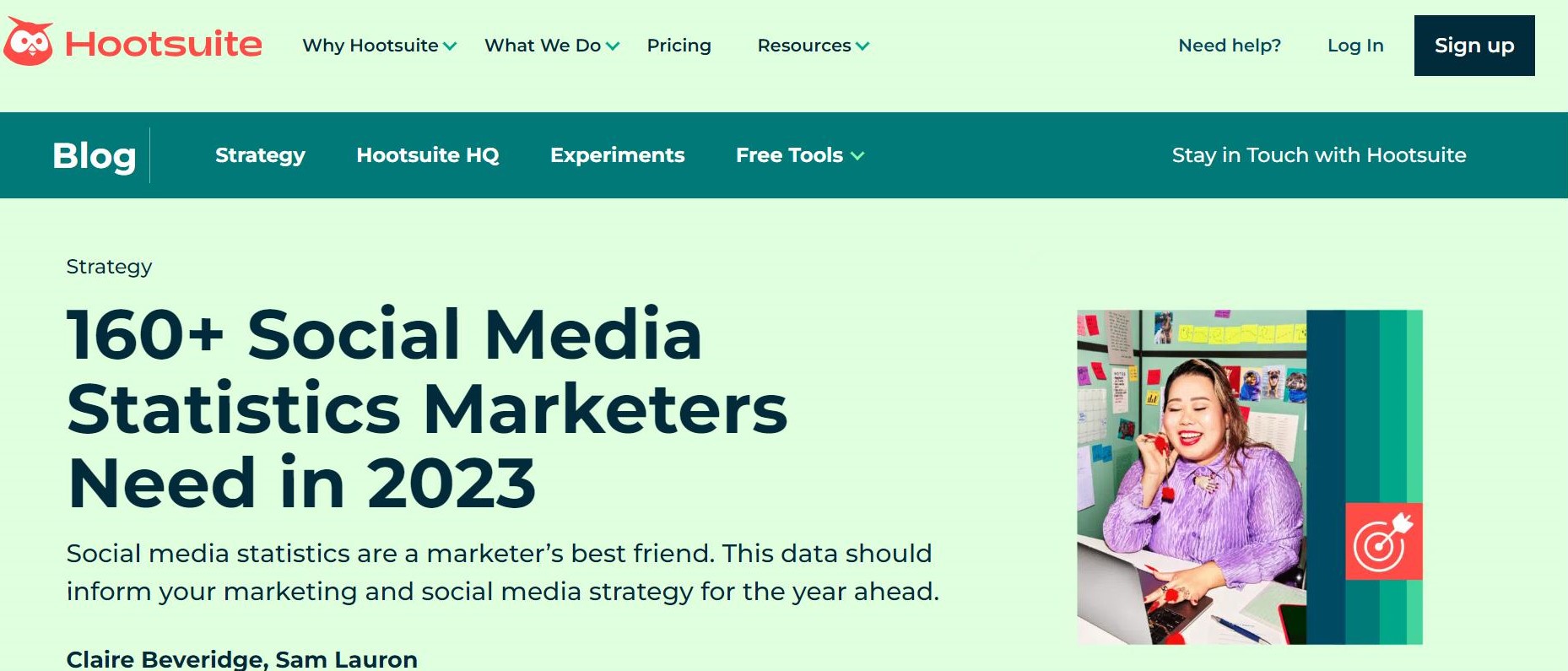
2 – Create and promote your brand
In the world of ceramics, talent alone is not enough to make yourself known; you need a strong and recognizable personal brand. These are not about catchy logos or slogans, but rather an authentic expression of your work as an artist:
- What characterizes you? Have you developed your own techniques as a ceramicist? Is your style original, for example in combining exposed-unglazed clay with glossy glazes, in layering different glazes, in colouring clay with stains etc.? Or maybe you have a particular philosophy, like using local resources, etc. If a specific aspect becomes your brand identity, it is important to show it in your online presence.
- A strong identity requires consistency. From your brand name (if you have one) to your logo, to the colours you choose and even the language you use, everything should be connected. Your audience will immediately recognize you from one platform to another. You need to create your social media entries with the same care you apply to your ceramics.
- Make yourself known: if you have a website, you will probably have a “bio” tab. Your bio is not a résumé where you list your accomplishments. This space is made to share what motivates you, what inspires you, the values that underlie your work. Integrate keywords that not only summarize your profession, but also speak to your target audience, naturally guiding them towards your world. Well-chosen keywords allow search engines to rank you effectively.
- Be authentic: Remember that managing your brand is not marketing. It is a sincere invitation to discover your world, a way to share your passion and establish a connection with those who find meaning and beauty in your work.
- Pay attention to visuals: a good online presence requires beautiful photos/videos. Quality is essential to convey the essence of your work, a topic we covered in our article published on this blog on October 20, 2023. Every image and video requires careful attention, from lighting to composition. Remember that showcasing a piece is just as necessary as creating it. Relevant captions add context and reinforce the impact on your audience.
3 – The strategy for building your online community
Building a community is at the heart of any successful social media strategy. It goes beyond simply publishing your work; it’s about forging strong links to interact with your audience.
- Start by being actively present. When followers post a comment, show them you appreciate their interest by responding in a personal way. Engage them with openended questions and be receptive to their responses. This approach humanises your brand and forges personal connections.
- If a customer shares a photo of one of your pieces, not only thank them, but also consider re-sharing this content, giving appropriate credit. This validates their commitment and encourages others to do the same.
- Expand your online presence. Look to collaborate with peers or influencers whose work resonates with yours. Exchanging posts can introduce you to a wider audience and help you gain new subscribers. These collaborations can take many forms, from co-creation to live QA sessions or virtual workshops.
Remember, every interaction counts. A community thrives on authenticity, so keep your communications as natural and genuine as possible.
4 – Selling online using social media
Social media is a great way to promote and sell:
- Facebook and Instagram have built-in e-commerce. You can add a storefront to your profile, transforming your presence into a virtual store. Customers can browse and buy your ceramics without having to leave their news feed.
- Offer something unique to your online community. It could be previews of new pieces, discounts, or limited editions only available to your subscribers. This creates a sense of exclusivity and boosts sales, as customers are encouraged to act quickly to avoid missing out.
- You can also organise live events where your audience asks you questions about your work. If you teach, this is an opportunity to engage with your students.
- Familiarise yourself with the possibilities of targeted advertising. Social media channels create detailed demographic data that they can use to serve your ads to the groups most likely to be interested in your work. Smart targeting means that every euro you invest in advertising has the potential to reach customers, maximising your return on investment.
5 – A few tips for amateurs
For amateur ceramicists, social media is not just a platform for showcasing work, but a place to share your own pleasure in doing pottery.
Here are a few tips to get you started:
- Find a like-minded community and learn from everyone.
- Show not just the finished product: show your workshop, your hands covered in clay, your first vase, your first cup … the mistakes and what you’ve learned from them. This authenticity will resonate with the audience.
- Join relevant groups, follow other ceramicists you admire, whether amateurs or professionals, and don’t hesitate to strike up a conversation. Comment on their work, ask questions, and be open to constructive criticism. You might even discover opportunities for collaboration or local workshops to attend. There’s a wealth of information out there: from tutorials to live webinars or QA sessions with renowned ceramicists.
- Follow interesting hashtags to discover new styles, techniques or trends in ceramics and jot down ideas you’d like to try.
6 – Digital content: what tools should you use?
Content planning is an important step. It’s not just about knowing what to publish, but also when and how:
- Establish a publication schedule that reflects your creative process, making sure you maintain a frequency that keeps your audience engaged without overwhelming them. Anticipate special events or relevant public holidays.
- Tools like Hootsuite, Buffer, or Planoly can help you plan your posts in advance and distribute them across multiple platforms.
- Photo editing applications such as Adobe Lightroom or VSCO help to enhance your images. Canva is excellent for creating eye-catching graphics. Explore these tools and find the ones that best suit your needs and style.
- Performance analysis isn’t just for marketing experts. Understanding the impact of ‘likes’, comments, shares, views, and peak activity times can give you valuable insight into what your audience likes most. Use the built-in analysis tools on social media and adjust your strategy accordingly. Test different types of content, publication times, and engage directly with your audience to see what resonates best.
Obviously, to get the most out of these different applications, you may have to use the paid version. Your budget might not allow it, especially at the beginning. You’ll have to learn to manage your account yourself as best you can. Many developers attract customers by offering free training sessions, webinars and tips.
7 – The main sharing platforms
- YouTube: This is the world’s largest video-sharing platform. It’s very popular and an easy place to go when you’re looking for a resource. Who hasn’t looked for a “tutorial” on YouTube? It offers analysis tools to understand your audience. But viewers will always be encouraged to click on another link that will take them to another account. Advertising breaks can also lead viewers to click elsewhere.
- Vimeo: This is a more professional platform geared towards the artistic community. It offers superior video quality and fewer adverts.
- Instagram: It’s the perfect platform for short, engaging videos. It also allows longer videos, while stories are ephemeral and disappear after 24 hours. The use of hashtags increases visibility; think of using the vertical format for stories. Once again, consult Hootsuite to discover the possibilities of this unparalleled platform:
- Facebook: This platform offers a large audience and the ability to easily share videos both on your professional page and in specific groups.
- TikTok: It’s the up-and-coming platform par excellence, perfect for short, creative, original, engaging videos… It’s particularly popular with young people.
Conclusion
A digital presence is no longer a luxury, it’s a necessity. As a potter, you need to stay at the cutting edge, not only in your artistic skills, but also in your approach to the digital world, and social networking in particular. This means mastering online strategy by learning to use new tools, engaging with emerging technologies and actively participating in online communities.

Ultimately, as we reflect on the development of ceramics in this digital world, we recognise that the key to success lies in striking a balance – respect for history and tradition, with the boldness to innovate and adapt. In this way, ceramicists remain creators, shaping not only clay, but also the development of their art in a digital society.

Resource centre
animated by Matthieu Liévois,
potter-ceramist for over 40 years and founder of the Creamik School
Find all the courses
Keywords
Don’t miss any more news from the Créamik school!
